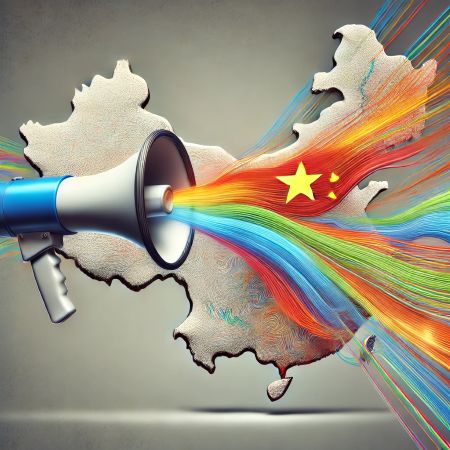Forecasting developments in production agriculture

On behalf of a private U.S. agricultural technology provider, WPI’s team generated an econometric model to forecast the movement of concentrated corn production north and west from the traditional U.S. Corn Belt. WPI’s model has subsequently provided quantitative support to a multi-million-dollar investment into short-season corn variety development. WPI’s methodology included a series of interviews with regional grain elevators and seed consultants. Emphasizing outreach and communication with stakeholders who possess intimate sectoral knowledge – on-the-ground insights – is a regular component of WPI’s methodologies, made possible by WPI’s ever-growing network of industry contacts.

 Financial markets will be closed on Thursday, 25 December for the Christmas holiday. As a result, there will be no Ag Perspectives report on Thursday. WPI wishes everyone a joyous and safe holiday. WPI will resume operations on Friday, 26 December. Note that Ag Perspectives will be providing ma...
Financial markets will be closed on Thursday, 25 December for the Christmas holiday. As a result, there will be no Ag Perspectives report on Thursday. WPI wishes everyone a joyous and safe holiday. WPI will resume operations on Friday, 26 December. Note that Ag Perspectives will be providing ma...
 Soybean Auction Falters To make way for recent purchases of U.S.-grown soybeans, Sinograin has been auctioning state-owned reserves of soybeans imported in earlier years. At its second auction, sales fell to 62 percent of the volume offered, versus 77 percent in the first auction. And the avera...
Soybean Auction Falters To make way for recent purchases of U.S.-grown soybeans, Sinograin has been auctioning state-owned reserves of soybeans imported in earlier years. At its second auction, sales fell to 62 percent of the volume offered, versus 77 percent in the first auction. And the avera...
 WTO Gets Trumped The WTO was thrown out back on 2 April when President Trump announced his reciprocal tariffs. The tariffs totally violated U.S. obligations under the WTO but the signal was clear that the U.S. would no longer be constrained by any agreements at the WTO. Still, the Administratio...
WTO Gets Trumped The WTO was thrown out back on 2 April when President Trump announced his reciprocal tariffs. The tariffs totally violated U.S. obligations under the WTO but the signal was clear that the U.S. would no longer be constrained by any agreements at the WTO. Still, the Administratio...
 Bears were once again in charge of the CBOT on Wednesday, though they temporarily relinquished control of the corn market to bulls. Funds were aggressive sellers again in soybeans, soymeal, and wheat futures amid bearish fundamentals for each of the commodities and pushed wheat to a new contrac...
Bears were once again in charge of the CBOT on Wednesday, though they temporarily relinquished control of the corn market to bulls. Funds were aggressive sellers again in soybeans, soymeal, and wheat futures amid bearish fundamentals for each of the commodities and pushed wheat to a new contrac...